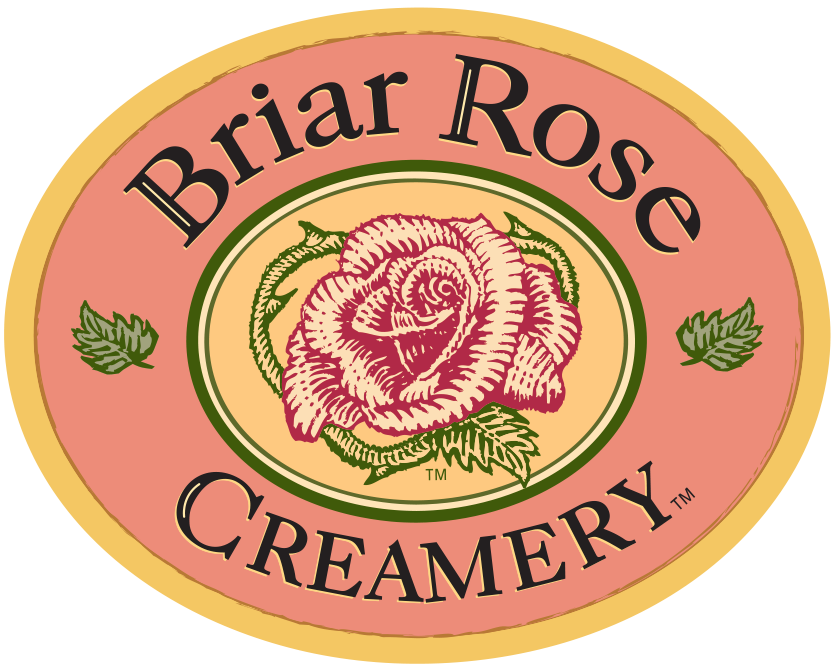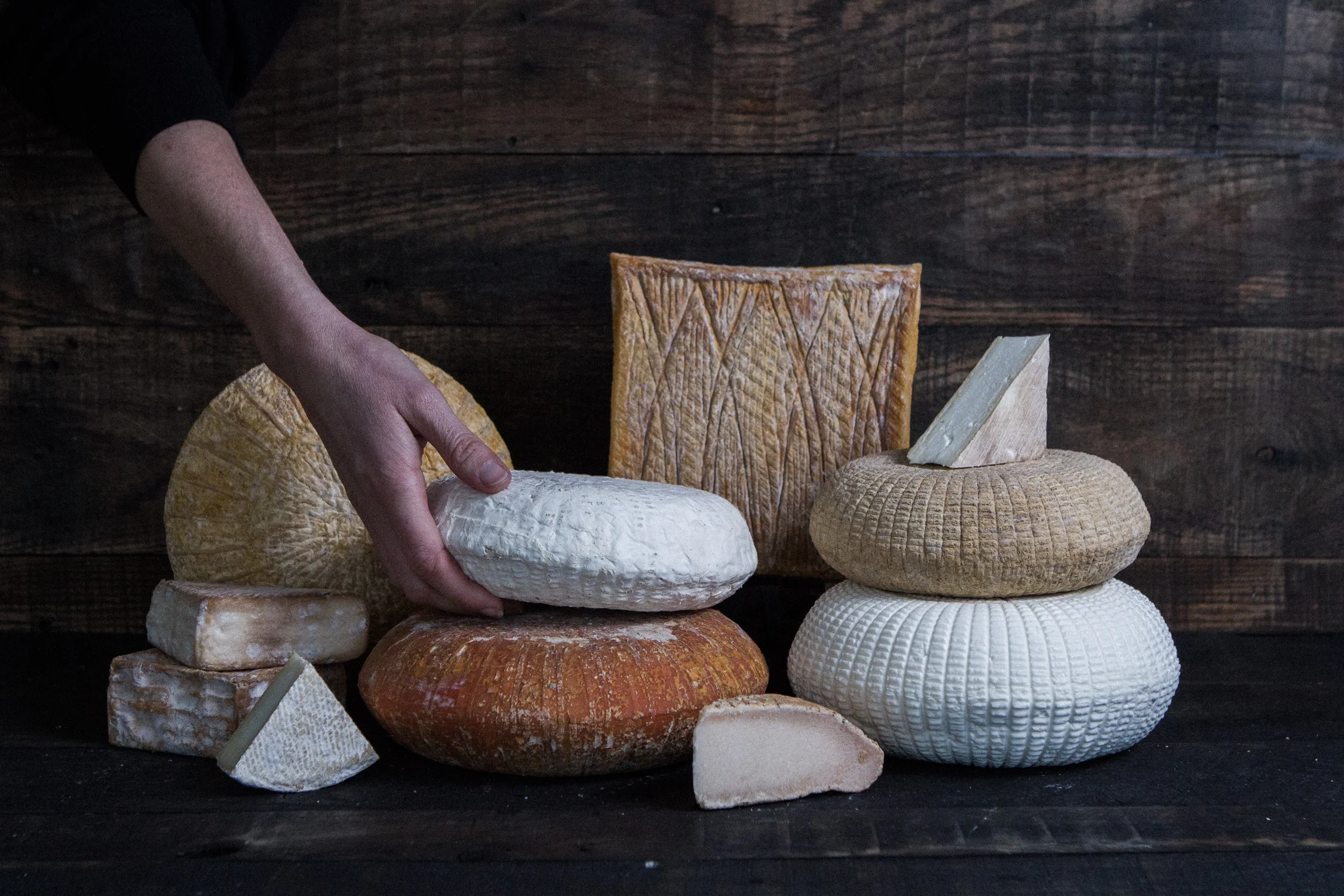Good cheese starts with great milk
The best cheese starts with the very best milk. That pursuit takes us on journey over mountains or across the valley to gather milk for cheesemaking. Often you’ll find us in near Mount Angel, Oregon or in Silverton, Oregon several times a week to pick up our fresh milk.
Fresh milk is delicate and must be handled gently to ensure it stays sweet. We store the milk overnight in refrigerated tanks and in the morning we gently move the milk into the vat pasteurizer for heating. After it cools, the fun part begins!
The science of cheesemaking
The fermentation process means using cultures – or beneficial bacteria – to eat milk sugars and convert them to lactic acid. After the acid production begins, microbial rennet gets added in the mix. This is a vegetarian form of rennet and helps coagulate the cheese. It is really powerful stuff. Just a teaspoon will transform 100 gallons of liquid milk into a gel-like texture, which you’ll probably recognize as cheese curds. The warm milk temperatures help the rennet do it’s thing.
Our fresh, spreadable fromage blanc is a crowd-pleaser. We let the curds ripen overnight and then drain them in muslin bags. When after a day of draining, salt is mixed into the fresh curds and it is ready to be sold as a fresh cheese. It has a sweet, slightly tart flavor that’s still mild. People are often surprised how great it tastes when served on its own. We think it stands out in a crowd.
When it comes to our aged cheese, a few more steps are involved. We create each wheel with a delicate hand. That means letting the rennet work faster so we can cut the curds in about an hour! With some cuts with our cheese harp – a cool cheese-making tool – we start the process of separating the curds and whey. After spending some time in molds, the curds get introduced to salt and are ripened in our aging rooms, from a few weeks to several months. All cheeses are pasteurized.
The art of cheesemaking
Affinage – the French word for "the art of aging cheese" – perfectly describes the maturing process of our cheese. We let each one ripen until it reaches peak flavor and texture. Sometimes we wash the cheese as it ages – an ancient tradition using salt water, or beer or wine – encouraging the rind to develop a stronger aroma and a more meaty, complex flavor profile.
Cheese is the perfect expression of art combined with science. Using the simple ingredients of milk, rennet, cultures, and salt, we transform milk into cheese. We see it as a form of poetry, capturing and concentrating milk’s flavors: the grassy pastures, the salt-tinged winds, the warm barn, and the sweet water. This is what makes our cheese such a pleasure to create and to eat.





